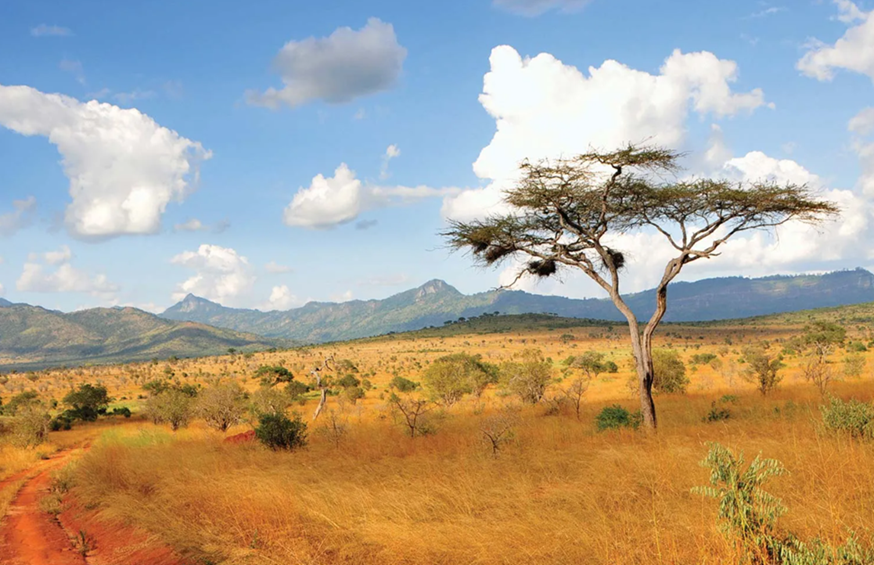Kenya has become a hotspot for major global companies, thanks to its burgeoning carbon projects. These companies are snapping up carbon credits to offset their emissions, and Kenya’s government has been actively promoting its potential in the carbon trade. At COP 27, Kenya’s president proudly touted carbon credits as a key national export, signaling the country’s serious commitment to this green gold rush.
Kenya stands out in the African carbon market, issuing more carbon credits than any other country on the continent—about 20% of Africa’s total. This is impressive, considering Africa only taps into about 2% of its potential carbon credits annually. The country’s proactive stance, backed by the Kenya Private Sector Alliance and other reports, highlights Kenya’s leading role in this sector.
Kenya has been busy creating a more favorable environment for carbon markets. The recent Climate Change Act Amendment of 2023 introduced a national registry to streamline the carbon credit market, cutting down on high transaction costs. This move aims to make the market more transparent and efficient, setting the stage for increased trust and investment.
Further bolstering the sector, Kenya released its Climate Change Carbon Markets Regulations 2024. These regulations clarify the roles of various institutions involved in carbon projects, ensuring that projects meet stringent standards before approval. However, some worry that this multi-agency framework could complicate the process, especially for small and medium-sized enterprises (SMEs), which make up a significant portion of Kenya’s economy. With many SMEs struggling with debt, carbon credits offer a non-debt financing alternative that could be a game-changer.
Despite the potential, Kenya’s carbon market is not without its issues. Past projects have faced criticism for displacing indigenous communities. For example, the Ogiek community was evicted from their ancestral forests. Such incidents underscore the need for robust safeguards to ensure that carbon projects do not harm local populations.
The new amendment aims to address this by mandating that a portion of earnings from carbon trading goes to local communities—40% from land-based projects and 25% from non-land-based projects. While this is a positive step, the real challenge lies in ensuring that these benefits reach the intended recipients without being siphoned off by corruption.
To unlock the full potential of its carbon market, Kenya must address these emerging challenges head-on. Effective governance structures are crucial to ensure that climate solutions are both credible and beneficial. With the right checks and balances, carbon projects can provide much-needed finance for local communities, fostering sustainable development.
Kenya’s experience with carbon credits, like the Mikoko Pamoja project near Gazi Bay, shows the potential for success. This initiative, the world’s first blue carbon project, has funded local needs such as clean water and education through mangrove conservation.
Kenya is at a pivotal moment in its carbon market journey. By ensuring transparency, protecting local communities, and fostering robust governance, Kenya can turn its carbon credits into a sustainable and equitable source of prosperity. Investors and companies must also play their part, ensuring their funds contribute to genuine environmental and social benefits. After all, investing in climate solutions should never come at the cost of the people it aims to help.
(Source: BBC | Carboncredits.com | Forbes | World Bank)








